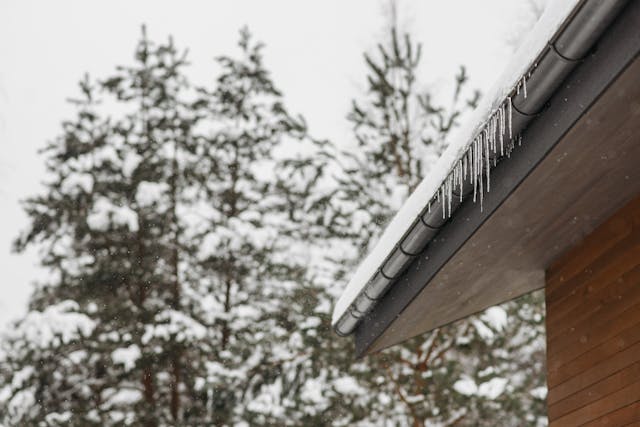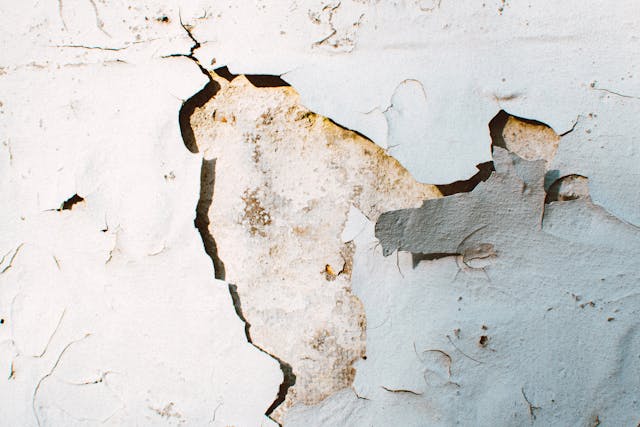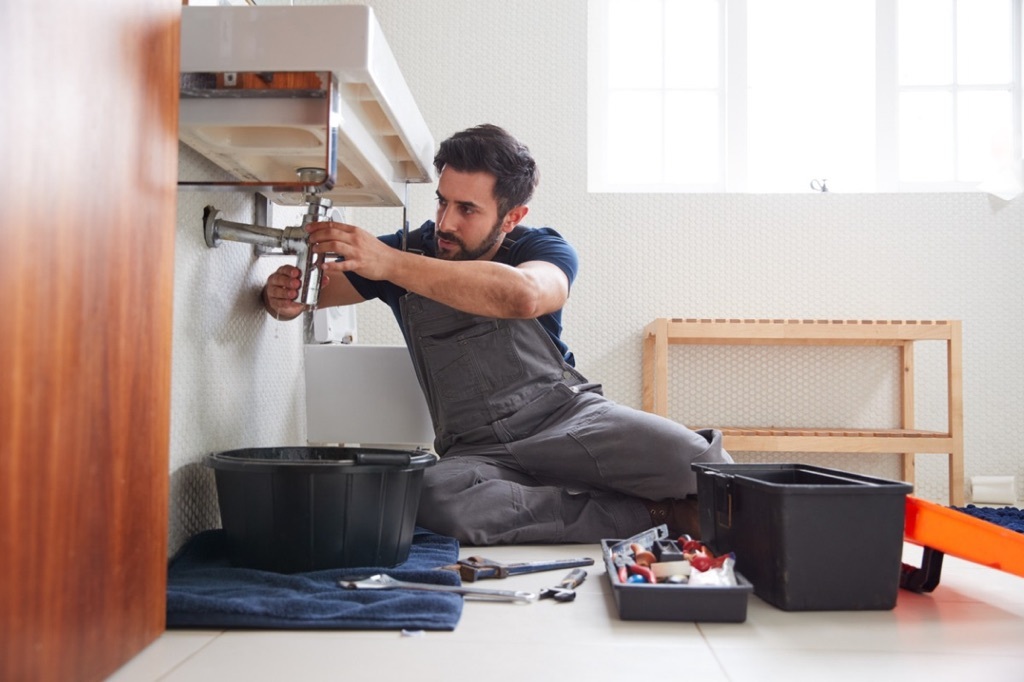
Key Takeaways
1. Proactive Maintenance is Key - Regular inspections of your plumbing, roof, gutters, and foundation can help catch small issues before they become costly water damage problems.
2. Communication is Crucial - Keep an open line with your tenants and encourage them to report leaks or water-related issues early to prevent extensive damage.
3. Preventative Measures Save Money - Simple steps, like cleaning gutters, checking pipes, and sealing cracks, can go a long way in protecting your property from water damage.
4. Don’t Wait to Act - Address signs of water damage, like mold, ceiling stains, or swollen floors, as soon as they appear to avoid larger repair costs down the line.
Water damage is one of the most destructive and costly problems that homeowners can face. Left unchecked, leaks can ruin flooring, furniture, and ceilings, causing irreversible damage to your home’s structural integrity. The cost of repair and restoration can quickly spiral, making it essential to take proactive steps to prevent water damage from occurring in the first place.
At Liberty Real Estate Service, we understand the serious impact water damage can have on your home and investment. Water damage is often caused by issues related to weather, plumbing, or household appliances. Understanding the primary causes and taking steps to prevent them can save you significant time, stress, and money.
Learn How We Can Help You Maximize Your Home’s Potential
Common Causes of Water Damage
Some of the most common causes of water damage include:
1. Plumbing Failures
Leaky pipes or faulty plumbing fixtures can lead to water damage. Even small leaks in walls or ceilings can worsen over time, causing structural issues and mold. Regular plumbing inspections can help prevent this.
2. Appliance Malfunctions
Dishwashers, washing machines, and water heaters can leak water when hoses or seals fail. This can damage floors, walls, and cabinets if not addressed promptly.
3. Frozen Pipes
In colder climates, frozen pipes can burst due to the pressure of expanding water, leading to flooding in basements or attics.
4. Clogged Gutters and Downspouts
Clogged gutters can cause water to overflow and seep into your home’s walls or foundation. Clean gutters and downspouts regularly to direct water away from your property.

5. Sewage backups
Heavy rain or plumbing issues can cause sewage backups, leading to water damage and health risks from contamination.
6. Roof Leaks
Damaged shingles or poor roof installation can let rainwater leak into your ceilings and walls. Regular roof inspections can catch these issues early.
7. Tree Root Intrusion
Tree roots can damage underground pipes, causing leaks that may go unnoticed, resulting in significant water damage.
8. Water From Flooding or Storms
Severe storms or floods can overwhelm your home’s drainage system, leading to basement flooding or water entering through foundation cracks.
Signs of Water Damage
Water damage doesn’t always present immediate, obvious signs. Sometimes, the effects are subtle and may take weeks or months to manifest. However, early detection is crucial in minimizing damage.
Here are some telltale signs of water damage:
- Mold or Mildew: Persistent odors or visible signs of mold growth in areas such as bathrooms, kitchens, or basements can indicate hidden water leaks.
- Ceiling Stains: Brown or yellowish stains on your ceiling are often a sign of a leak from an upper floor or from the roof.
- Cracks in Walls or Bubbling Paint: Water can cause paint to bubble and plaster to crack, especially if it is trapped behind the walls.
- Pooling Water: Standing water on the floor, especially after heavy rain or during a plumbing malfunction, is a direct indicator of water damage.
- Wood Floor Cupping: Swelling and warping of wooden floors, or the appearance of dry rot, are clear signs of prolonged water exposure.
- Increased Water Bills: An unusually high water bill can point to an undetected leak somewhere in your plumbing system.

How to Prevent Water Damage in Your Home
Preventing water damage requires a proactive approach to home maintenance. By performing regular inspections, taking preventative measures, and maintaining open communication with tenants, you can significantly reduce the risk of water damage to your property.
Here are key steps you can take to protect your home:
1. Maintain Your Gutters and Downspouts
Regularly cleaning your gutters is one of the simplest and most effective ways to prevent water damage. Clogged gutters can lead to water overflowing and seeping into your walls and foundation. After every heavy rainstorm, clean out any debris from the gutters and ensure that the downspouts are clear and directing water away from your foundation.
2. Inspect Your Roof
Your roof is one of the first lines of defense against water intrusion. Regular roof inspections, especially after a storm, can help you identify missing shingles, cracks, or signs of wear. If you notice any issues, have them repaired immediately to prevent water from entering your home.
3. Grade the Yard Away From Your Home
Proper yard grading is crucial for preventing water from accumulating around your home’s foundation. Your yard should slope away from your house to direct rainwater away from the building. This prevents the water from pooling near your foundation, which can lead to leaks and flooding.
4. Check Plumbing Systems
Regularly inspect your plumbing systems for leaks, corrosion, or worn-out pipes. Replacing old hoses and connectors, especially in appliances like washing machines and water heaters, is a cost-effective way to prevent larger issues. Don’t forget to check the water pressure regularly to avoid overloading pipes, which can cause them to burst.

5. Install a Sump Pump
If your home is prone to flooding, a sump pump is an essential investment. A sump pump helps to remove excess water from your basement, preventing the growth of mold and preserving the integrity of your home’s foundation. Test the sump pump periodically to ensure it is working properly.
6. Seal Windows and Doors
Cracks or gaps around windows and doors can allow rainwater to infiltrate your home. Inspect these areas regularly and apply caulk or weatherstripping as needed to prevent water from seeping inside.
7. Fix Cracks in Walls and Foundations
Inspect your home for visible cracks in walls, ceilings, or the foundation. Even small gaps can allow water to enter and cause significant damage over time. Seal these cracks promptly to protect your property.
Bottom Line
Water damage is costly, but regular maintenance and a proactive approach can prevent many common leaks and flooding. By inspecting your home, maintaining plumbing, and addressing minor repairs, you can avoid expensive water damage. Prevention is key to protecting your property from costly repairs.
If you're looking for reliable property management support, consider partnering with Liberty Real Estate Services today! We offer comprehensive services, including tenant screening, maintenance coordination, rent collection, and regular property inspections.
Our team is committed to ensuring the smooth operation of your rental property, maximizing its value, and providing peace of mind every step of the way.
